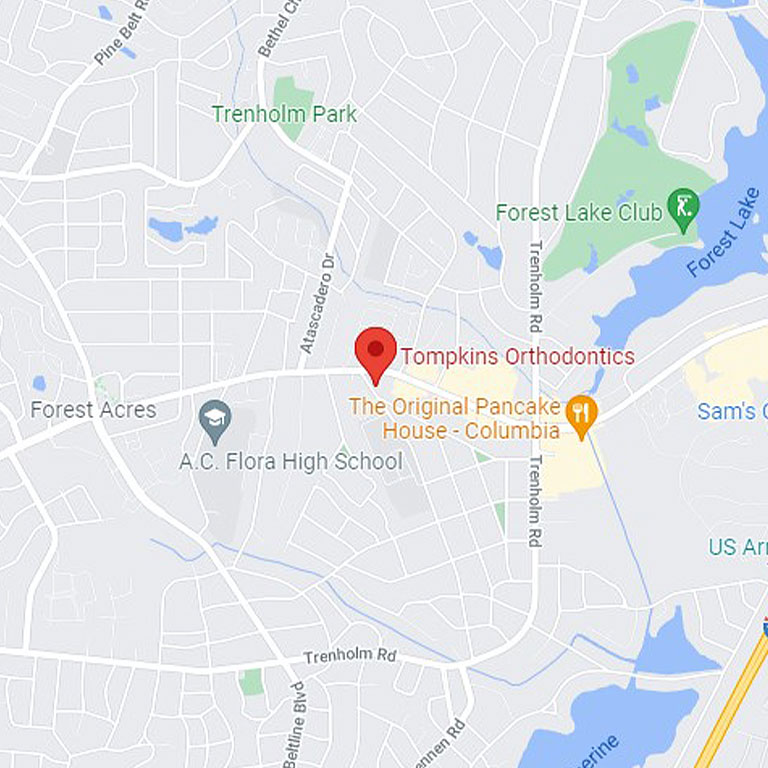How Do Braces Straighten the Teeth?
Braces are orthodontic devices designed to correct crooked and overcrowded teeth, as well as malocclusion, which is a misaligned jaw. Although most patients receiving braces are adolescents, with the numerous options available, adults are choosing to address their orthodontic issues with braces, now more than ever before. Many times, people ask how braces straighten the teeth, read on to find out how braces work.
How Do Braces Straighten the Teeth?
There are several types of braces, all of which have the same goal; to provide the patient with beautiful, straight teeth.
Today, there are clear ceramic braces, lingual braces (which are placed on the backside of the teeth) and traditional metal braces. Each of these braces functions in the same way. Braces place steady, gentle pressure on the teeth, which gradually moves them into the proper place. Since this movement is gradual, people typically wear braces anywhere from one to three years. The length of treatment depends on the reason the person receives the braces and how well he or she follows the orthodontist’s instructions.
The Parts
Braces consist of bands (aka O-rings or ligatures), brackets and archwires. Each of these parts plays a significant role in straightening the teeth. All wire braces consist of these three parts; however, some patients will need additional appliances and parts.
The Brackets
Accurate bracket placement is essential, which is why choosing an experienced orthodontist to apply the braces is vital. These brackets allow the pressure necessary to move the teeth to be applied evenly.
The Archwires
The archwires are essentially guide rails. They run through the brackets. The treatment plan determines what these wires consist of as well as how thick they need to be. The archwires provide the steady pressure that is necessary to change the position of the teeth. This pressure occurs because the archwires continuously attempt to straighten themselves to return to their original shape.
The O-rings
The orthodontist places the O-rings on top of the brackets. The O-rings hold the archwires in place.
The Jawbone Reshapes Itself
As braces place pressure on the teeth, an intense cellular process occurs in the jawbone.
At the front of each tooth, osteoclasts break down the bone cells that are blocking the tooth’s ability to move. As the osteoclasts break down these cells, the osteoblasts are building new bone cells behind the tooth. These new bone cells ensure that the tooth continues to fit securely in its socket.
Even after the braces straighten the teeth, they still remember their previous positions. For this reason, following the removal of the braces, patients need to wear a retainer. The retainer prevents the teeth from shifting.
Dr. Sims Tompkins is a highly experienced orthodontist who has been helping people straighten their teeth with braces for more than two decades.
If you are in Columbia, South Carolina, and considering braces, or your child needs orthodontic care, please contact one of Dr. Tompkins offices to make an appointment.
Tompkins Orthodontics has two locations:
- To make an appointment at the Columbia location, please call: 1 (803) 738-9715
5250 Clemson Avenue in Columbia, South Carolina
- To make an appointment at the Irmo location, please call: 1 (803) 781-5253
1305 South Woodstream Road in Columbia, South Carolina
If you would like to use the online appointment request form, please click here.









Leave a Reply
Want to join the discussion?Feel free to contribute!